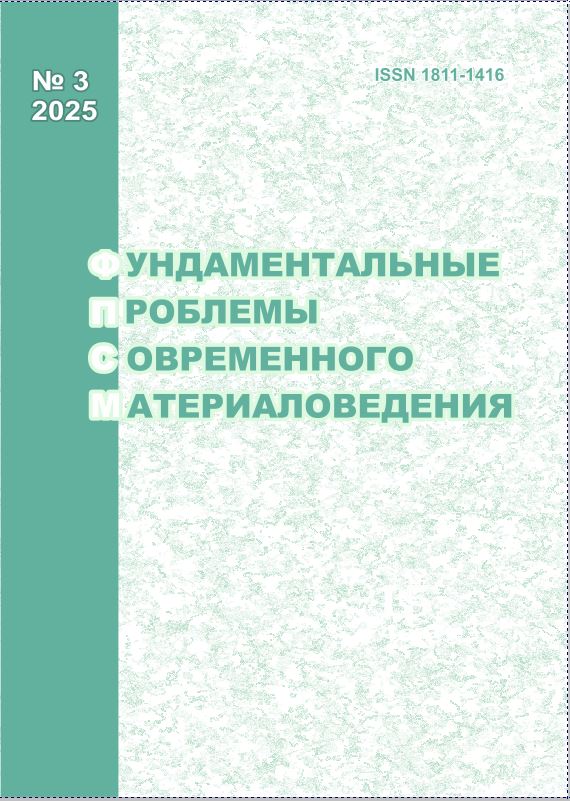ADVANCED NON-VOLATILE MEMORY TECHNOLOGIES: FERROELECTRIC AND RESISTIVE STORAGE DEVICES
10.25712/ASTU.1811-1416.2025.03.001
Keywords:
non-volatile memory, ferroelectric memory, resistive memory, memory cell design, advanced materialsAbstract
The current limitations of traditional microelectronics in solving many complex technical problems are one of the reasons for the development of nanotechnology. Such problems include the need to improve the characteristics of long-term memory devices. If we consider the evolution of information storage systems, then electrical, magnetic, optical and phase-structural properties of materials used for data recording are of particular interest. We will consider two of the listed methods, namely, a method of storing information using systems whose operating principle is based on the polarization of the ferroelectric layer (FRAM) and control of the electrical resistance of the working layer using an electric field (RRAM). In FRAM, data is written by applying an electric field that changes the direction of the polarization vector that determines the state of the bit. Then the information can be repeatedly read without destroying the cell state, and also restored by reverse switching of the polarization state. RRAM operation assumes that the resistance of the material changes, thereby quickly writing and reading information. Both methods demonstrate significant advantages over traditional types of non-volatile memory devices, but further research is needed to reduce power consumption, improve reliability, and meet the technical challenges of today.











 Journal «Fundamental’nye problemy sovremennogo materialovedenia / Basic Problems of Material Science»
Journal «Fundamental’nye problemy sovremennogo materialovedenia / Basic Problems of Material Science» This work is licensed under a
This work is licensed under a 
